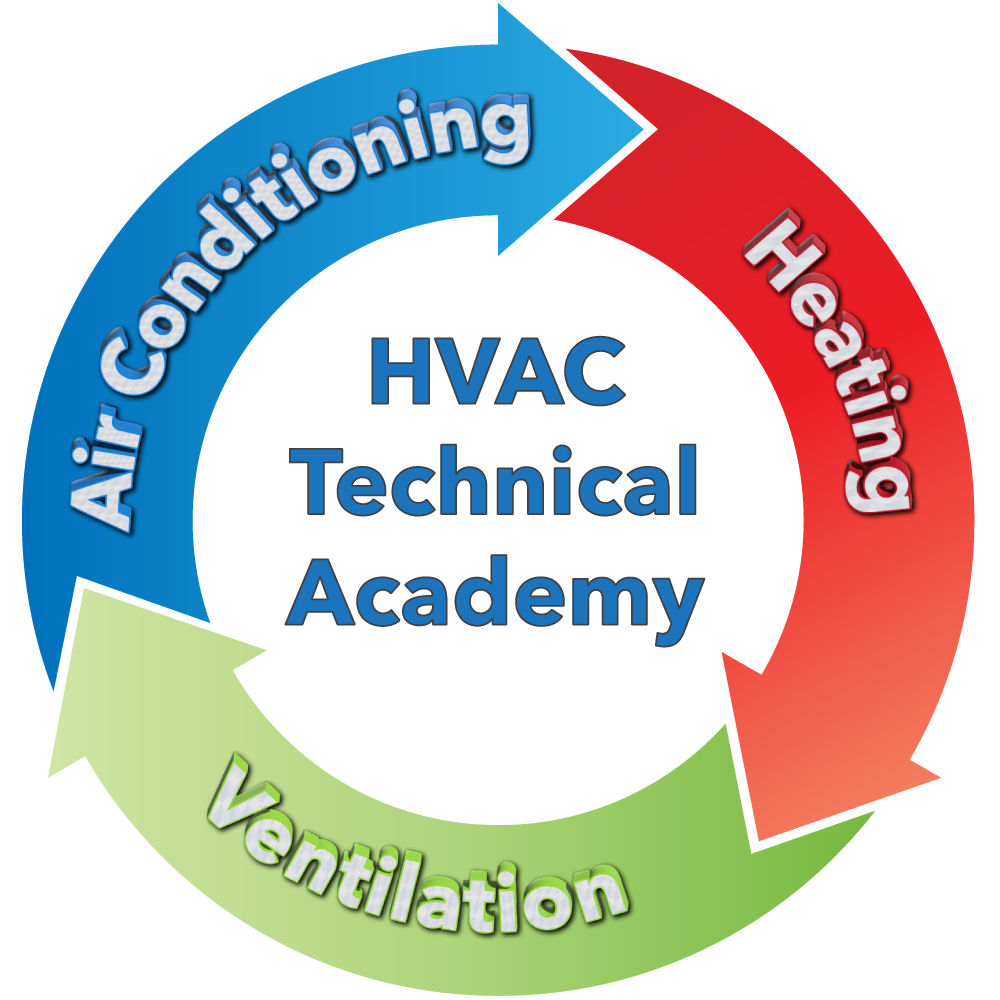
HVACTA Group Performing Package PM
 Today we are performing preventive maintenance on an Air BnB neighbor. We were able to sneak a group photo, see if you recognize anyone… except for the old man at the end of the line.
Today we are performing preventive maintenance on an Air BnB neighbor. We were able to sneak a group photo, see if you recognize anyone… except for the old man at the end of the line.
Package Unit Preventive Maintenance
Though today we worked side by side with fellow participants, tomorrow we will begin conducting a round robin of preventive maintenance jobs. Overall, each will perform a pm on two package units, three mini-splits, two straight cool split systems, and one heat pump split system.
During our intensive six-week HVAC Workshop program, be prepared to LEARN by DOING! Looking forward to hearing from you soon as enrollment is happening NOW for the October session.
Danny
407-878-0474
2nd Chance University
HVAC Technical Academy
Sanford, Florida
Email: info@HVATA.com






